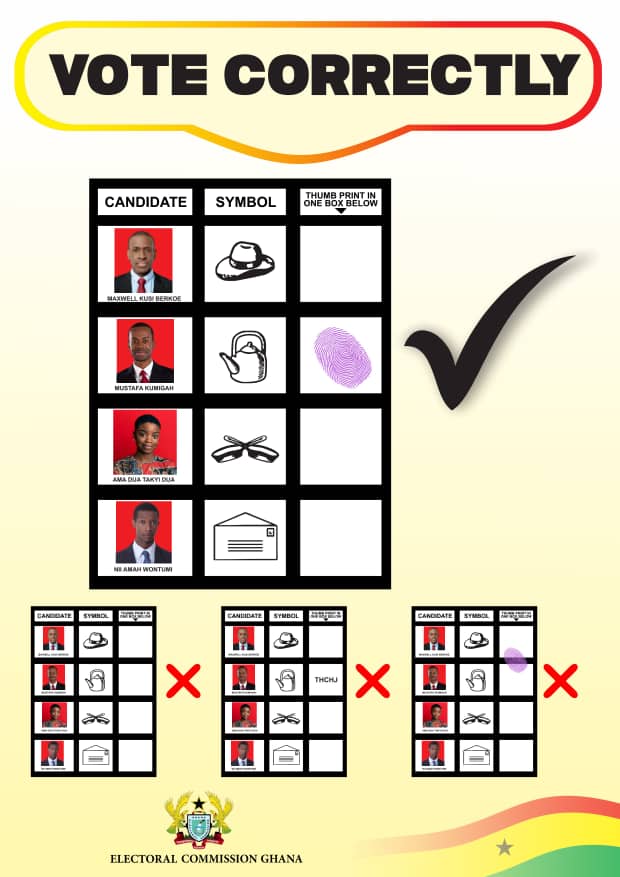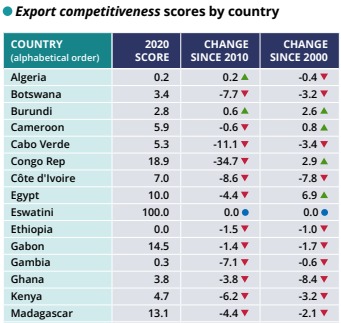Ghana’s export competitiveness score lags at 3.8; below African average of 13.8 – Report
The 2023 ATI report encapsulates data spanning from 2000 to 2020, deploying a three-year moving average for scores. All scores are calibrated on a scale ranging from 0 to 100, where a score of 0 symbolizes a lack of transformation, and a nation attaining a score of 100 is considered highly transformed.

According to the African Transformation Index (ATI) 2023 report, released by the African Center for Economic Transformation (ACET), Ghana’s export competitiveness score as of 2020 stood at 3.8.
This is below the average African export competitiveness score of 13.8 and significantly below the desired export competitiveness score of 100.
- Advertisement -
Per the ATI report, export competitiveness measures the share of non-extractive exports to GDP relative to the share of global non-extractive exports to global GDP.
- Advertisement -
The report explains that exports provide the opportunity to expand production, boost employment, reduce unit costs, and increase incomes.
It also enables an economy to generate higher incomes, which helps pay for the investments in skills, capital, and technology needed to upgrade a country’s comparative advantage over time.
- Advertisement -
Adding that, Tunisia, Morocco, Egypt, Mauritius, and South Africa have diversified their exports to light manufacturers and semi-processed merchandise products.
However, many of their export products still fall short in global competitiveness due to low levels of technology and insufficient innovation.
By contrast, many early transformers have overcome similar challenges through industrial policy measures targeting import restrictions, export subsidies, infrastructure enhancements, and increased support for higher education.
These scores facilitate not only the assessment of individual countries’ transformation journeys over time but also cross-country comparisons to inform informed decision-making.
- Advertisement -



